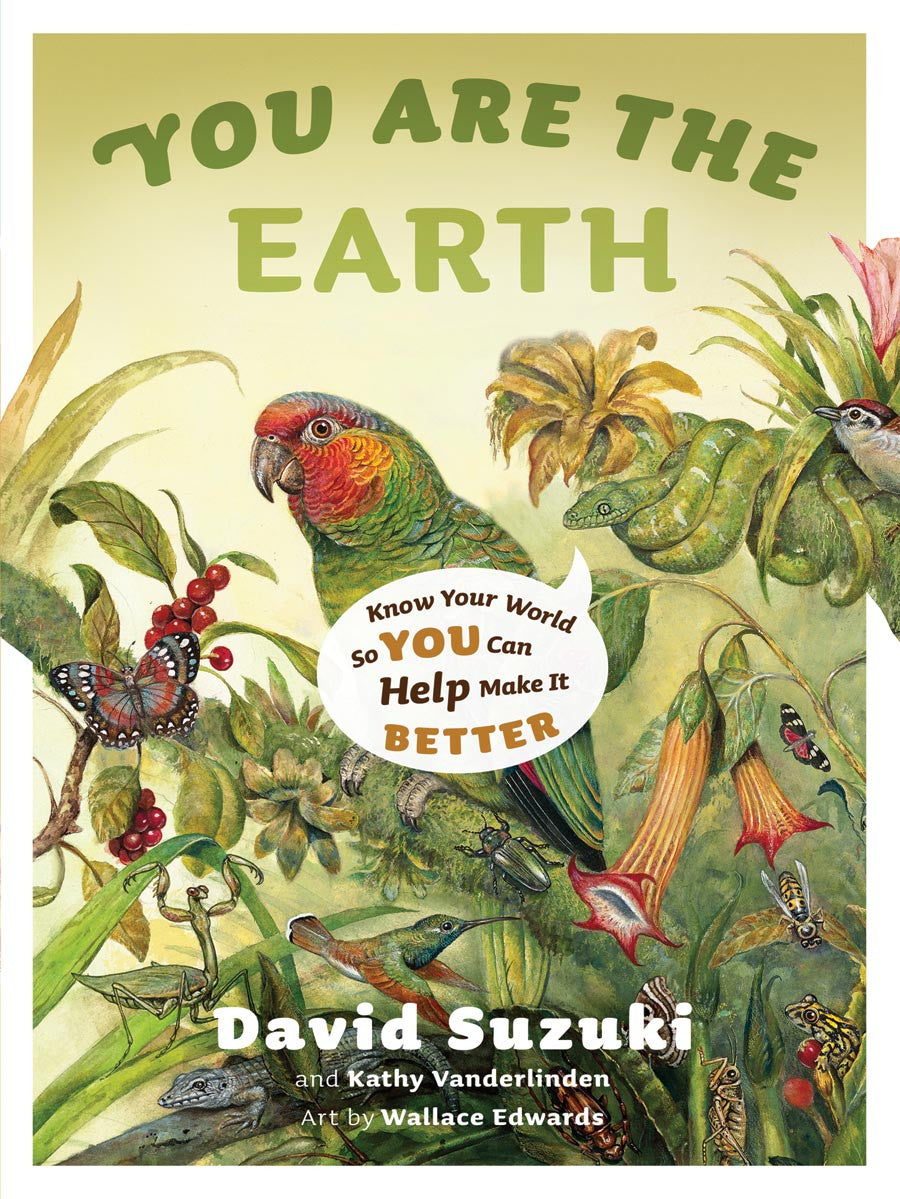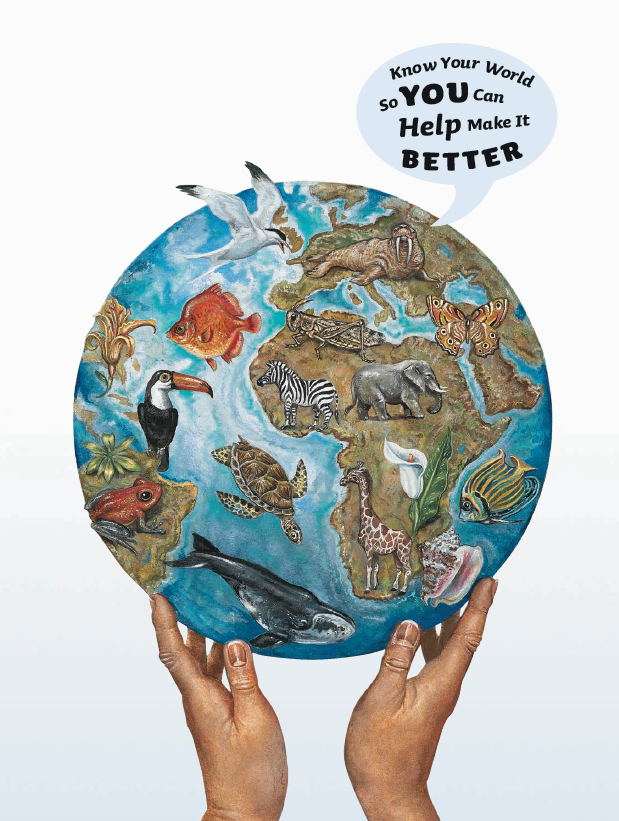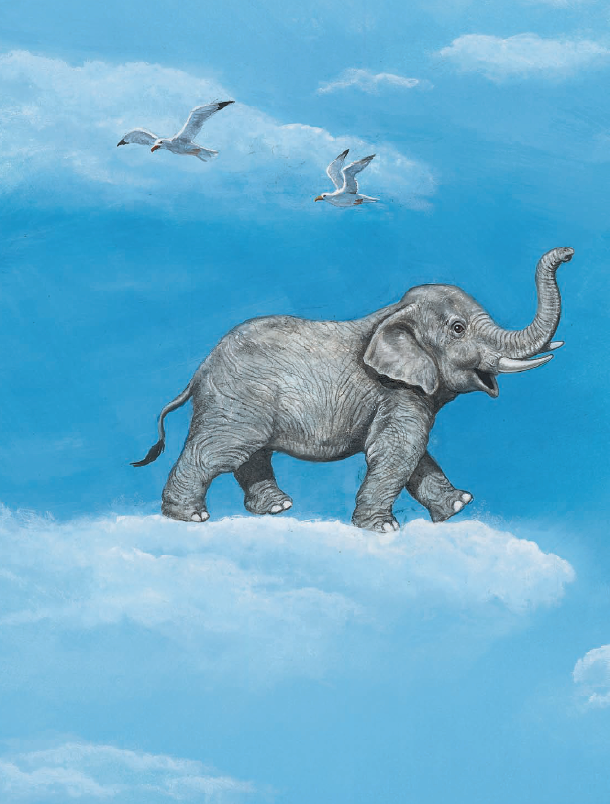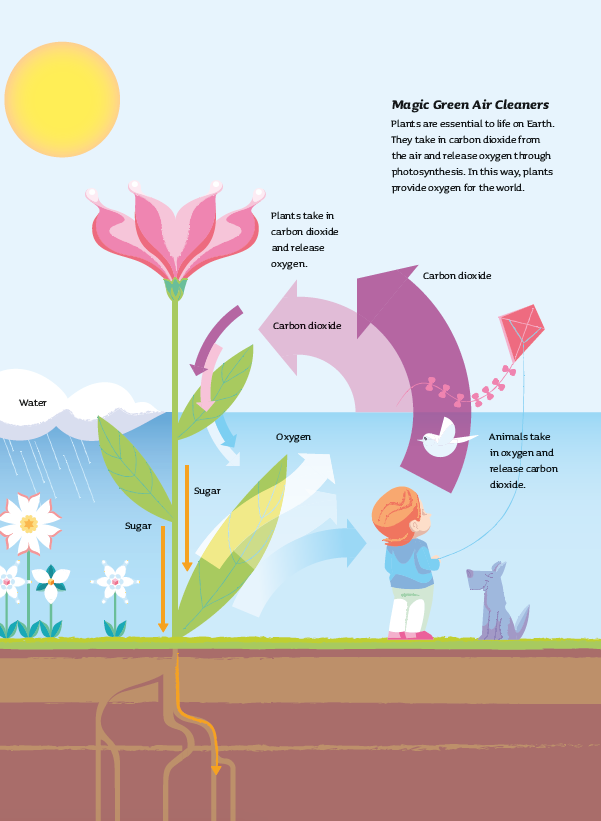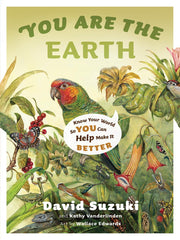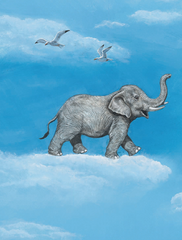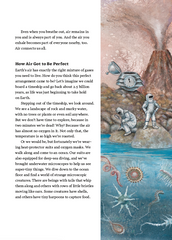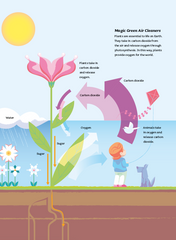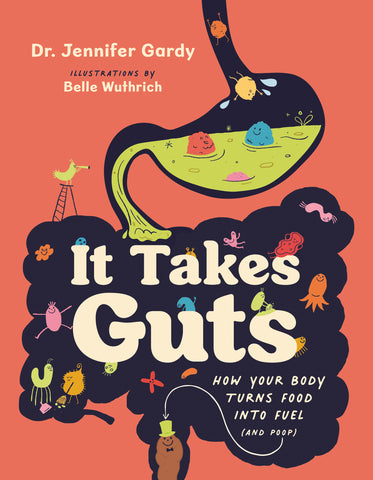You Are the Earth
Know Your World So You Can Help Make It Better
- ISBN: 9781553654766
- Tags: Children's Books, David Suzuki, Kathy Vanderlinden, Middle Readers, Wallace Edwards,
- Dimensions: 7.5 x 10
- Published On: 08/09/2010
- 160 Pages
This revised and updated edition of You Are the Earth is expanded with new content and art.
Since You Are the Earth was first published in 1999, there has been a dramatic rise in concern about the environment. Through media, the Internet, and school, kids today are more aware of issues such as climate change, pollution, and energy shortages as well as recycling and other conservation measures. This revised and updated edition of You Are the Earth includes:
- an expanded discussion of leading environmental issues
- information on new environmental technologies
- more ways kids can protect the environment
- new sidebars offering facts, tips, and examples of what kids can do to be more green
- completely new, full-colour art by award-winning children's artist Wallace Edwards
Published in partnership with the David Suzuki Foundation.
David Suzuki is an internationally renowned geneticist and environmentalist and a recipient of UNESCO’s Kalinga Prize for the Popularization of Science and the 2009 Right Livelihood Award. Host of the longrunning CBC television program The Nature of Things, he is also the author of more than fifty books.
Kathy Vanderlinden is the author or coauthor of four previous children's books, including Eco-Fun (also written with David Suzuki). She edited Transformed, which won the Norma Fleck Award for Canadian Children's Non-Fiction in 2006. She lives in Victoria, British Columbia.
"Suzuki's accessible text, illustrated with useful diagrams and attractive paintings of plants and animals, skillfully emphasizes his basic message about the vital importance of interconnections."
-Booklist
"Over the past decade, there has been a dramatic rise in concern about the environment. This book includes an expanded discussion of leading environmental issues, information on new environmental technologies and more ways kids can protect the environment."
-Best Books for Kids & Teens 2011
"This is an outstanding title that can be utilized by teachers in science, health, and environmental studies classes or as a fun, inspiring read."
-Library Journal
From Chapter One: Walking on Air
You probably don’t think much about air. You can’t see it, hear it, or grab a handful of it. It’s almost as if it weren’t there. And yet it’s just about the most precious thing in the world.
Try holding your breath for five minutes. Can you do it? Of course not. Your body won’t let you. You can try to hold your breath until your face turns red and purple, but the muscles in your lungs and chest will soon force you to breathe. That’s how much your body needs air.
From the first breath you took when you were born to your last, you must have air. If you didn’t have air for just five or six minutes, you would die. All of us Earthlings—people, animals, and plants—need air to live. And the amazing thing is, not only does air keep us alive, but it also ties us together. It’s as if we are all swimming in an “air soup.” When you breathe out, atoms—tiny, invisible particles—of air fly out of your nose and go right up the noses of all the people near you!
There is only a small amount of the gas argon in the air. Yet an American astronomer named Harlow Shapley calculated that each breath you breathe out, or exhale, contains about 30,000,000,000,000,000,000 (you can call that 30 zillion) atoms of argon.
In a few minutes, the atoms you’ve exhaled in that one breath will travel right through your neighborhood. In a year, they will have spread all around the Earth, and about 15 of them will be right back where they started—in your nose—every time you breathe.
Argon is always in you and around you. And not just in you but also in your best friend, your favorite pop star, the birds, snakes, flowers, trees, and worms. All of us air breathers are sharing in that same “pool” of argon atoms.
So here’s where the dinosaurs come in. An interesting thing about argon atoms is that they never change or die—they stay around forever. That means that thousands of years ago, an Egyptian slave building the pyramids breathed some of the same argon atoms that later Joan of Arc, Napoleon, and Napoleon’s horse breathed. And some of those were argon atoms exhaled by dinosaurs that lived 70 million years ago. They all breathed out argon atoms into the air—ready for you to breathe in as you read this sentence. And when you exhale your next 30 zillion argon atoms, some of them will one day find their way into the noses of babies not yet born.
What’s true of argon is true of air in general. Air joins together all of Earth’s creatures—past, present, and future.

